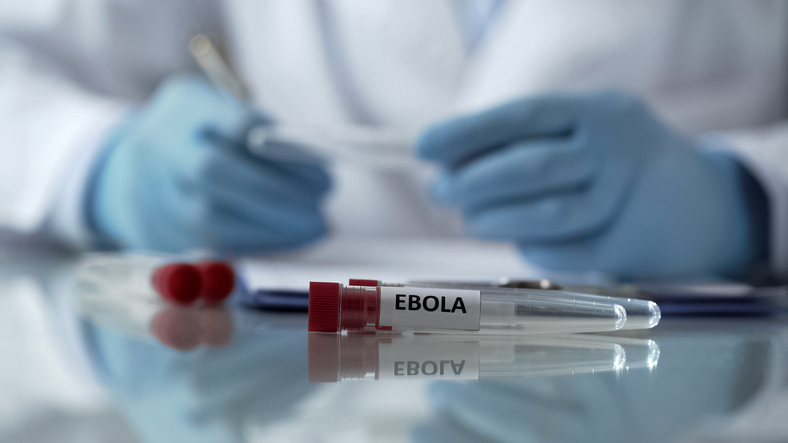

Humanitarians and health care providers in the Democratic Republic of Congo (DRC) are questioning what language to use when communicating with people at risk of Ebola. Two weeks ago, Ebola was declared an international health emergency by the World Health Organization (WHO), and just yesterday, a second person died of Ebola in Goma, DRC. This comes after four cases of Ebola were confirmed in an eastern region of the DRC.
Translators Without Borders, a nonprofit organization set up to provide translation services for humanitarian non-profits. The organization assessed public reception in Goma, DRC in February 2019, to gauge response to French, standard Swahili, and localized (Congolese) Swahili. There findings were:
- French is the official language of the DRC, and is one of the languages used most frequently used for humanitarian communications.
- Respondents had difficulty understanding several French terms in a poster about Ebola, including sanglant (“bloody”), sperme (“sperm”) or gencives (“gums”). Comprehension rates of French messages were lower than for messages in Congolese Swahili.
- Standard Swahili refers to the form of Swahili spoken in Kenya and Tanzania.
- When the organization tested comprehension of a vaccine consent form, they learned that words such as fomu (“form”) or critical concepts such as ridhaa (“consent”) in standard Swahili caused confusion. One woman said, “Someone needs to change these messages [in the vaccine form] into Swahili so that everyone can understand and not be confused by standard Swahili.”
- Congolese Swahili refers to the different form
of Swahili spoken and taught in schools in DRC.
- Congolese Swahili was the most widely understood language, and people preferred it at more than twice the rates of other languages. It is the most effective language for communicating with people about Ebola in Goma.
While these findings are relevant to Goma, DRC, Translators Without Borders need to conduct more research to understand what languages should be used in other parts of linguistically-rich DRC. The organization is returning to the DRC in August to research which languages people in other affected areas prefer and understand.
To donate to help fund Translators Without Borders research efforts, click here.





